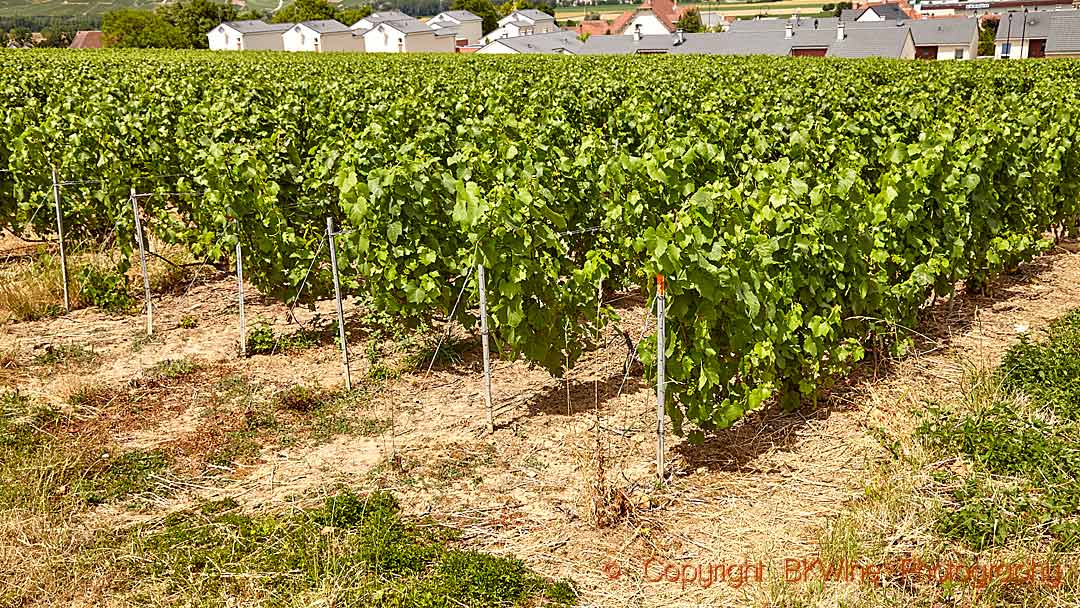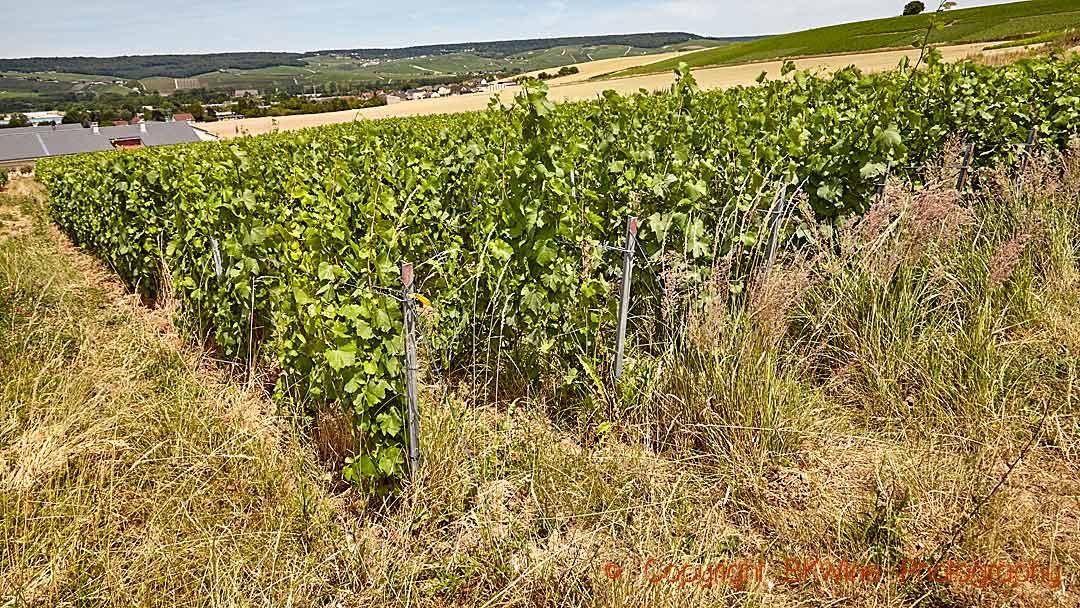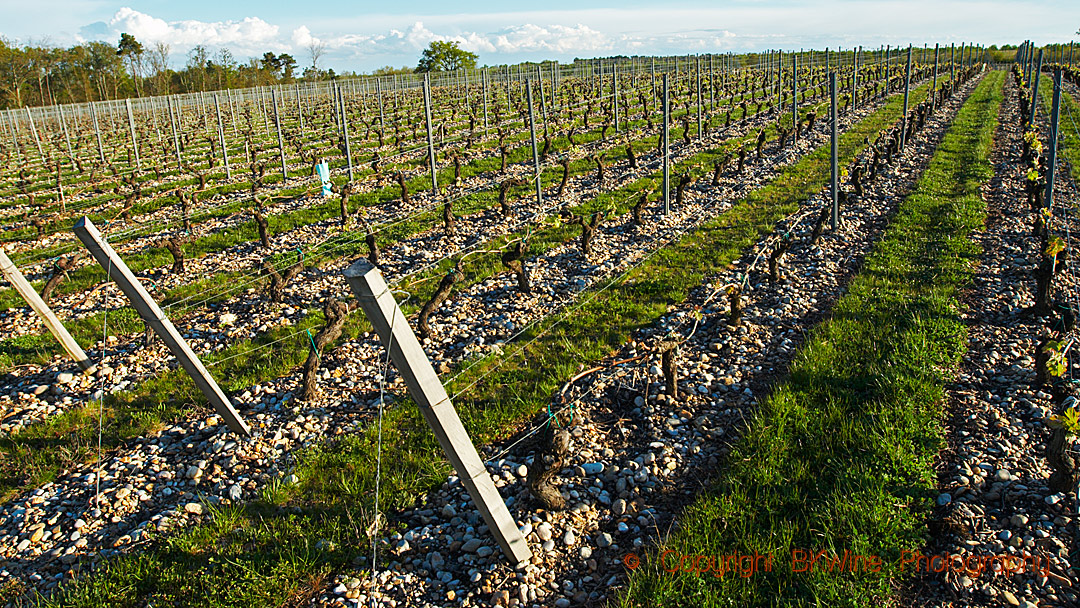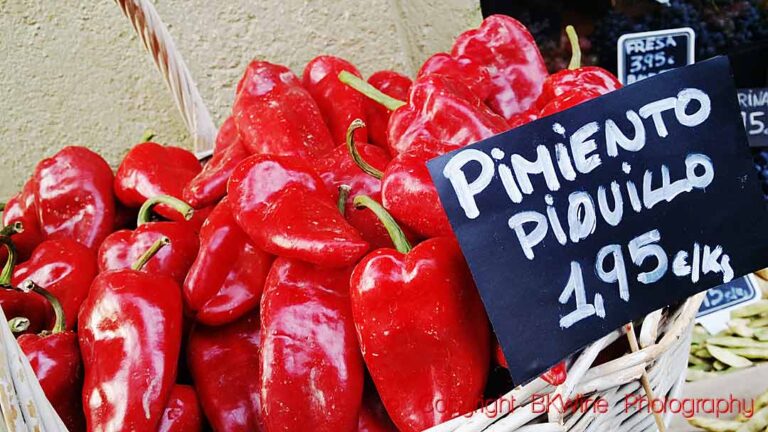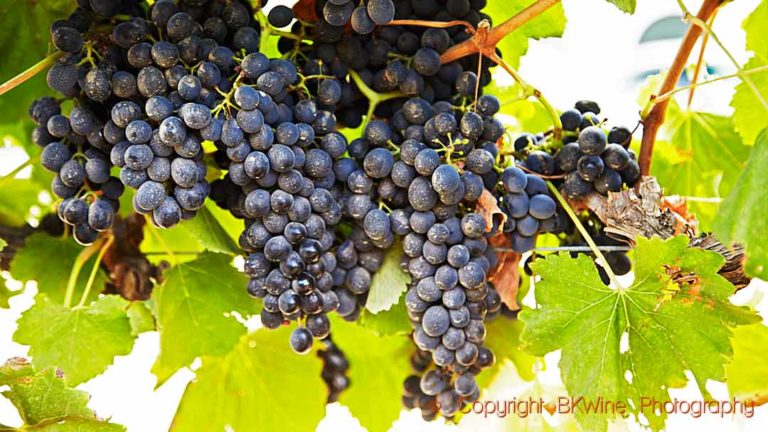When we travel through wine regions these days, we often see grass/weeds growing in the vineyard. And if you look at the statistics, the use of herbicides, i.e. chemical weed control, has decreased. But wine producers still use herbicides for various reasons, most of them associated with the added cost of using mechanical removal of the weed (or technical difficulties).
In some French wine regions with vineyards on steep slopes, the producers believe they cannot survive without herbicides. And thus, they are worried.
The risk is high that the authorization of glyphosate, the active ingredient in most herbicides, will not be extended within the EU when the current authorization expires at the end of the year.
In regions such as Banyuls/Collioure in Roussillon, the alternatives to chemical removal work poorly. This is a very dry part of France, and if the grass is allowed to grow, there will be too much competition for water.
Mechanical removal is difficult and dangerous on steep terraced slopes. The opinions are divided among experts about the risks of glyphosate. Not all agree that it is dangerous.
Read more: Mon-Viti
Note, however: not using herbicides does not mean no spraying at all. Almost all producers spray with chemical products to protect the vine against diseases, e.g. powdery and downy mildew (pesticides).
Read: more on spraying in BKWine’s book Organic, Biodynamic and Natural winemaking.


